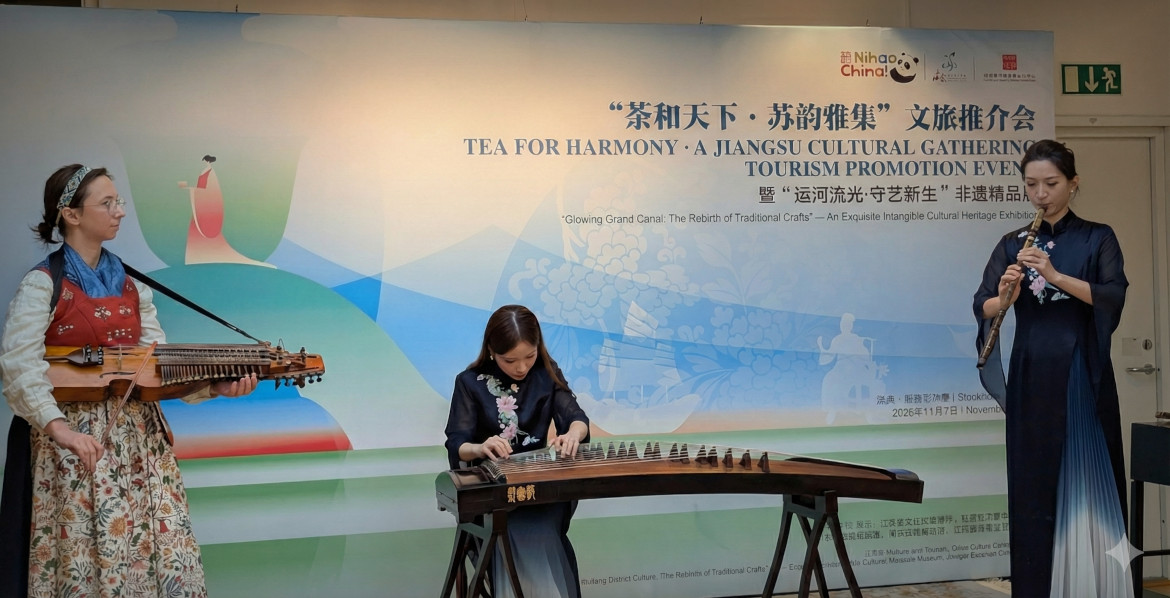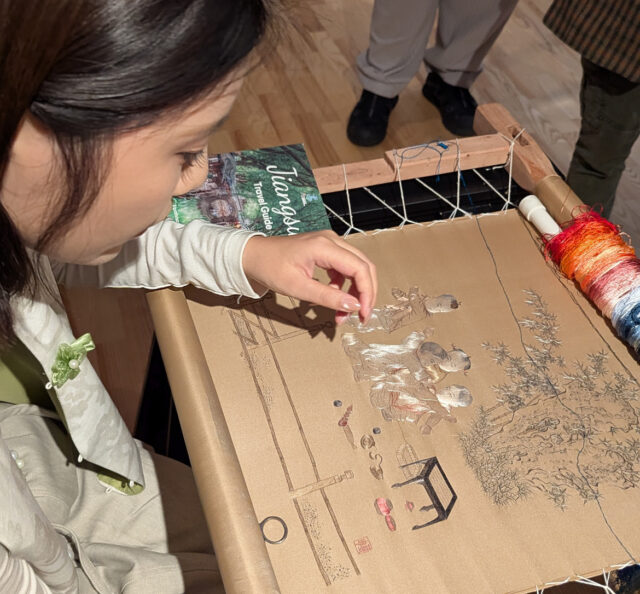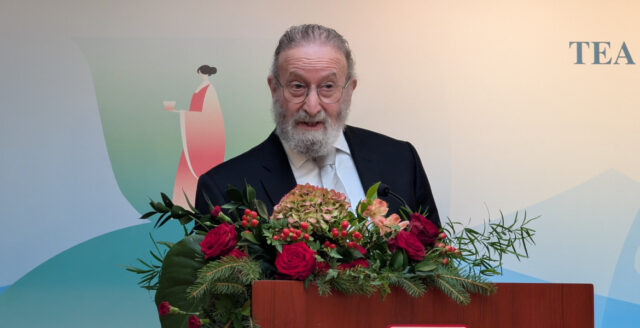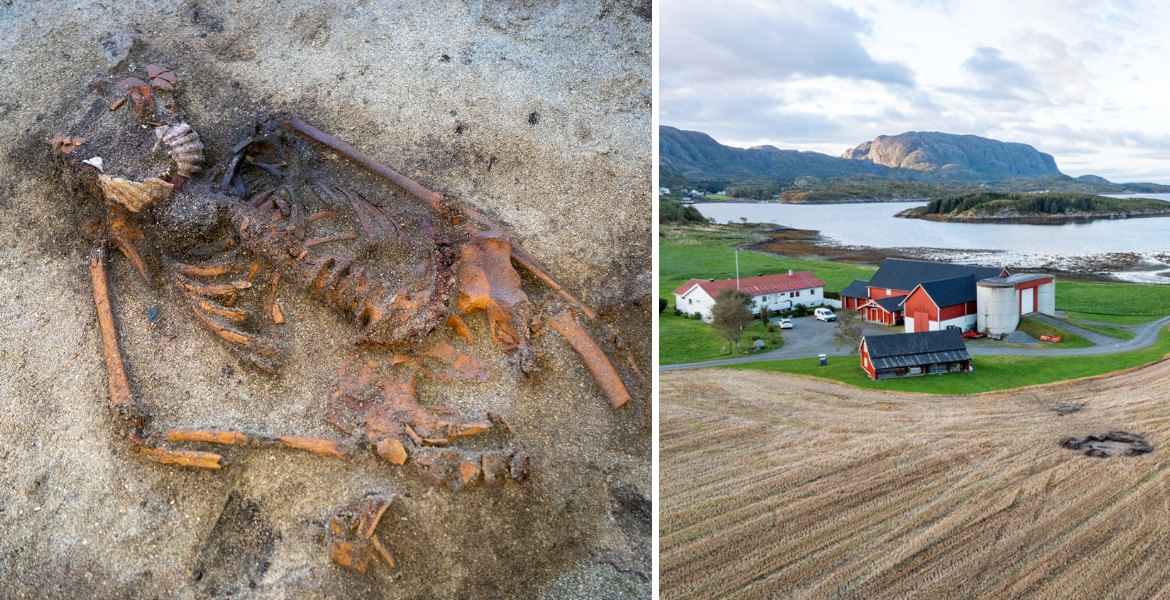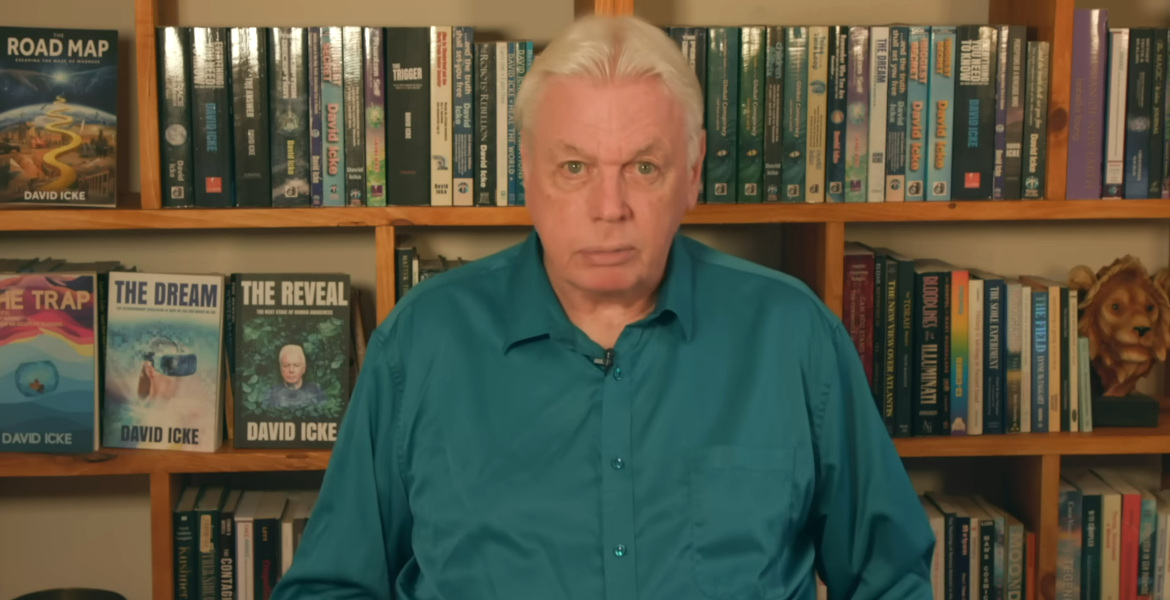During the renovation of Botkyrka church, several exciting discoveries were made. Among other things, book fittings from the 16th or 18th century were found, which are interpreted as the Catholic saint Saint Botvid, which is unexpected since Protestantism was the state religion in Sweden at that time.
When the price of electricity rose, they had to save money and decided to close the church. Renovation of the church had been planned and began during the closure.
– The renovation has been going on for a long time, since about 2010-2012. But it had to be done gradually because it was expensive, says Beatrice Lönnqvist, vicar at Botkyrka parish, to Mitt i Enköping Bålsta.
At the moment they are installing heating coils in the floor, which means that they have to tear up the stone floor and dig about half a meter into the ground. This has to be done very carefully, as there are many finds hidden under the floor. One of the finds is a burial vault, but the graves cannot be opened because of the cemetery, but a scan revealed that at least seven people are buried under the two-ton vault.
– We don't know who they are because the names on the grave markers are not visible to the naked eye. We also can't say the exact year, but if you compare the shape of the coffin handles with similar finds in other investigations, it's probably the early 17th or 18th century, says archaeologist Sofia Prata.
"Cult of saints marginal"
Other finds under the floor include 15th-century game pieces and dice, and coins from the time of Erik of Pomerania (1382-1459).
Another question mark is a runic stone found on the threshold of the porch. According to Prata, it was carved during the Viking Age and may have been in the ground since the porch was built between the 14th and 15th centuries. In addition, book fittings have been found that stand out and are thought to have belonged to hymn books. The fitting shows a man with a fish in one hand and an axe in the other, which is interpreted as Saint Botvid.
– There are only a few possible interpretations other than that this is the Catholic Saint Botvid. The book was found in the floor layer, which is tentatively dated to the 17th and 18th centuries. It was a bit unexpected, because the find suggests that the legend of St. Botvid was relevant and alive even during the Protestant era, when the cult of the saint was marginal, Prata says.
The Botkyrka church is scheduled to reopen for Easter Sunday next year.

